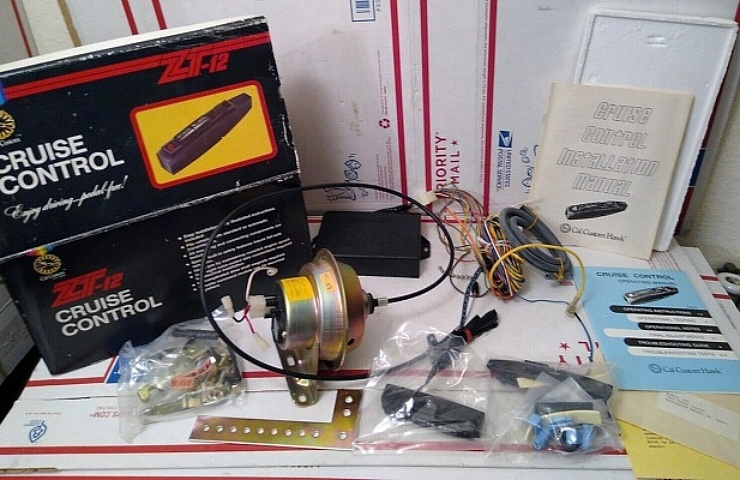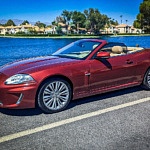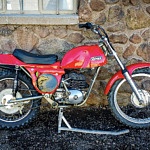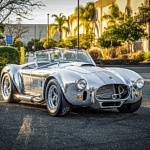If you’re an auto enthusiast, you probably take pleasure in the response from stomping the gas pedal. But c’mon folks, we can also admit that a long highway trip is more pleasant with cruise control. Set a constant speed, lift your foot, and let the car glide down the pike.
But what if your vehicle didn’t come with cruise control? No worries. There are plenty of aftermarket kits to add cruise control to your ride. If you have some basic skills, this DIY upgrade can happen in an hour or two.
Shop now for cruise control kits
eBay Motors offers hundreds of aftermarket cruise control kits and related parts. But before you make a purchase, answer these questions:
- Is the aftermarket cruise control kit compatible with your car?
- Are your brake lights working properly?
- Are you comfortable working on your car’s electrical wiring and throttle settings?
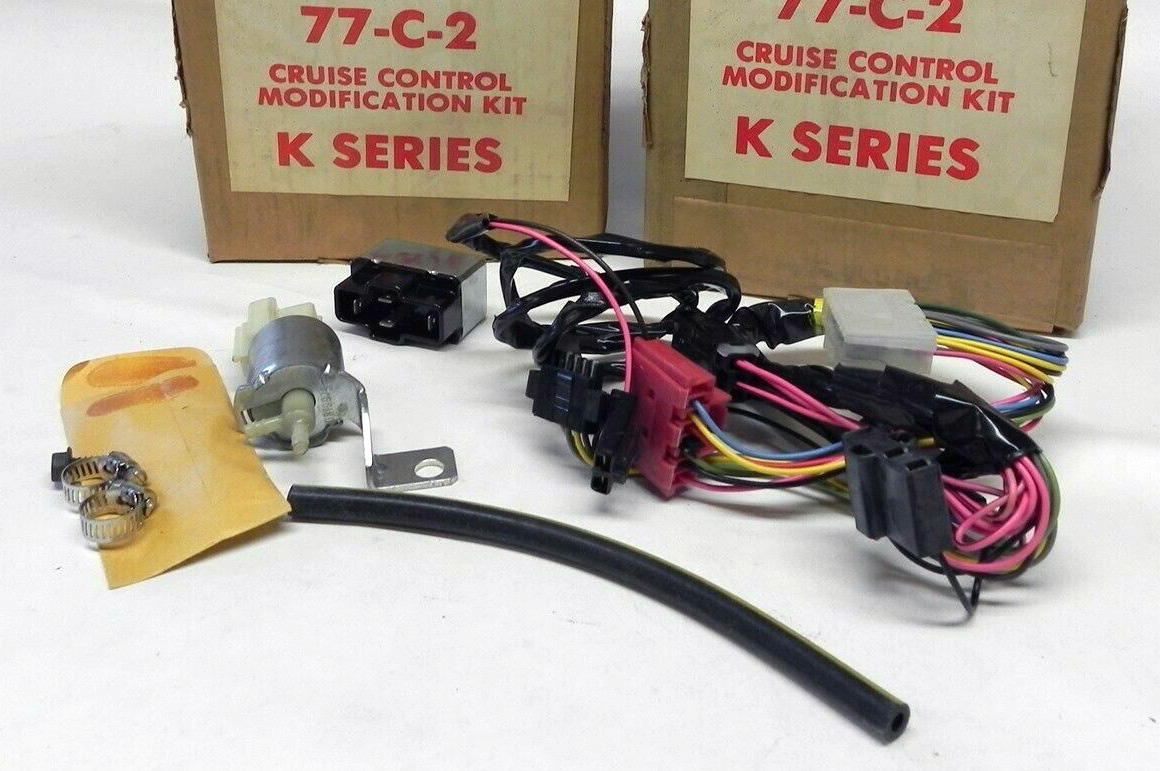
An eBay search could turn up a usable original New Old Stock (NOS) kit from the carmaker.
If you answered yes (or you’re willing to learn), then cruise control might be coming soon to your vehicle. And if you think this is beyond your skill set, most auto shops can install a kit for you.
Watch the installation of a Rostra cruise control system in a Hyundai Accent:
Tips for Installing Aftermarket Cruise Control
Here’s a quick overview of the primary components. Kits will provide detailed instructions. First things first: safety! Before starting to work on your car’s electrical system, disconnect the battery.
Wiring harness: Most kits come with a wiring harness, complete with colored wires. Instructions will guide you to wire the hot and cold sides of your brake switch. Other wires connect to the ignition “run” contact and ground. A significant step is to splice into a Vehicle Speed Signal (VSS) wire. Most cars of the past 20 years have a VSS. If not, there are adapter kits to create a signal generator or use a pick-up coil to create a similar signal.
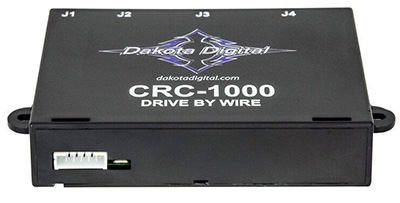
Kits often integrate with a drive-by-wire system.
Throttle cable: Attach the cable provided in the kit to the existing throttle plate of your car’s engine. Most kits also have sufficient adapters and linkages to fit a variety of throttles. Verify that the cable is not binding on anything under the hood. Aftermarket cruise control kits can also accommodate newer engines that drive by wire—and don’t have an old-school cable to control engine RPMs.
Actuator: The actuator is a mechanical box that controls your car’s cruising function. It is mounted in the engine compartment and has connectors for the wiring harness and throttle cable. It also has several DIP (dual inline package) switches. Moving specific DIP switches up or down allows the cruise control unit to communicate with essential vehicle functions. The settings include the number of engine cylinders, the type of speed sensor, and its output. To save the new settings, power off the actuator and then restore power.
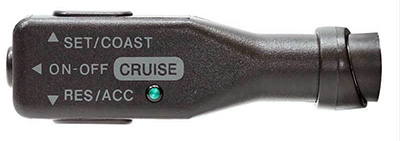
A cruise control switch integrates with the turn signal lever.
Driver switch: Many cruise control systems offer a switch on your turn signal stalk that looks like a factory installation. Others provide buttons on a dash-mounted plate. We recommend the turn signal switch, which has a cleaner look and helps keep your eyes on the road.
Testing Required
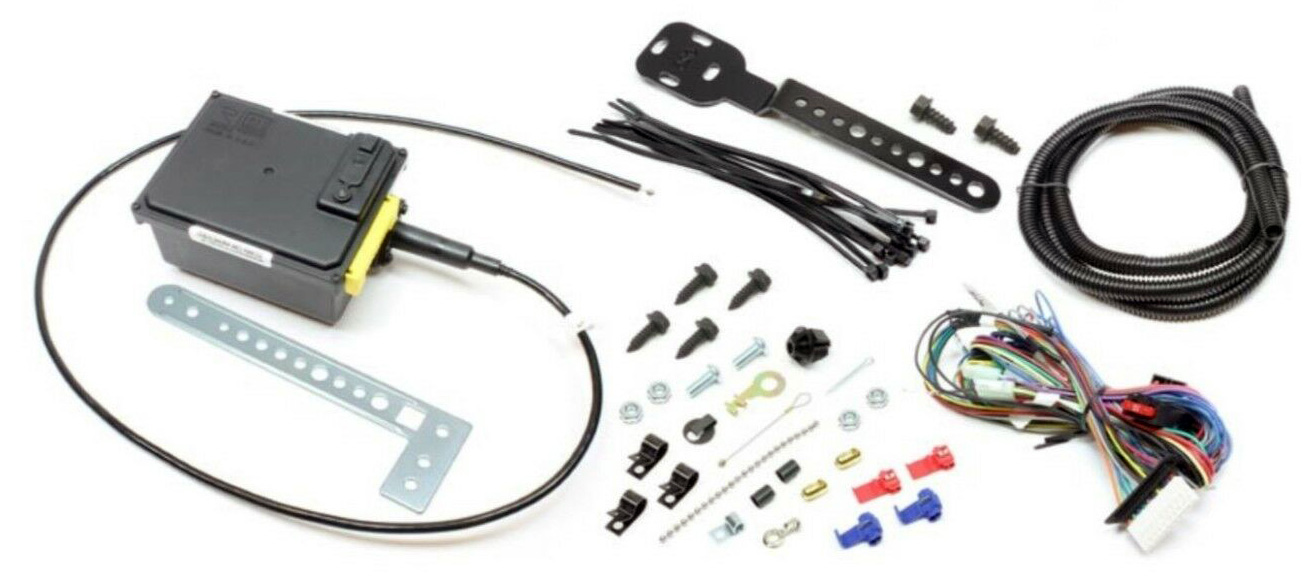
Kits are designed for specifically vehicles and provide all the necessary gear.
After completing all the steps stipulated in the kit instructions:
- Re-connect the battery.
- Check to verify that your brake lights still function correctly.
- Start the engine, leave it in Park, and mildly depress the gas pedal.
- Make sure that it returns to a slow idle setting.
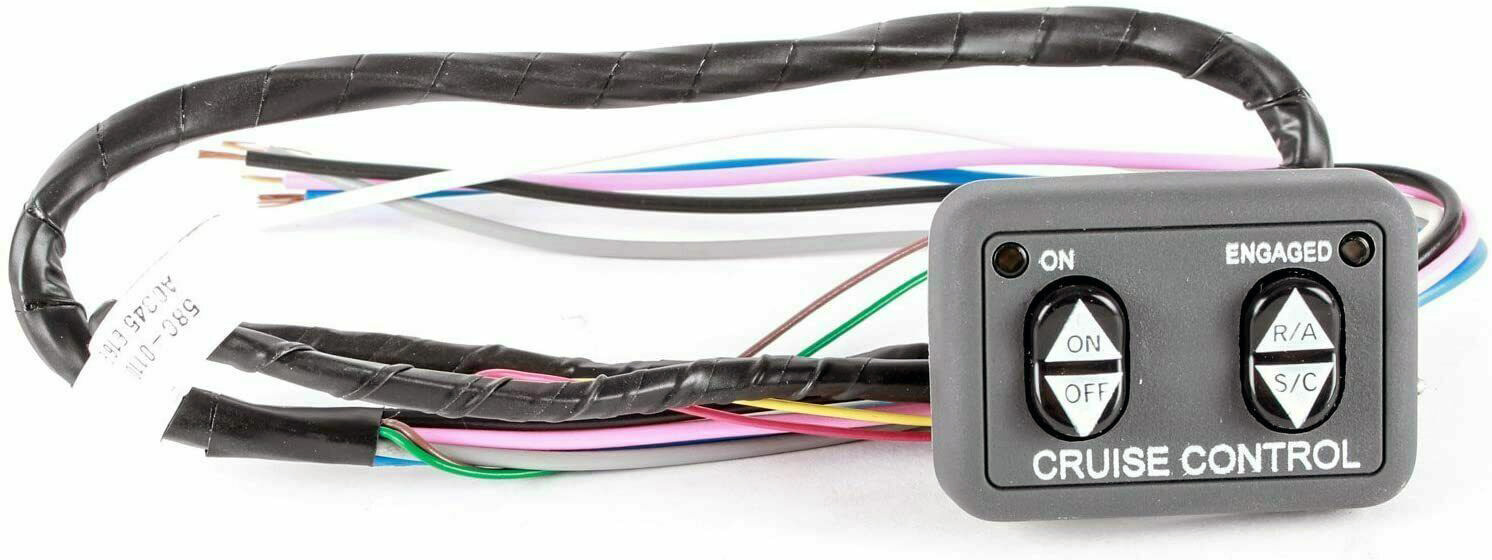
A dash-mounted controller activates cruise control.
If the brake lights and idle are working as expected, it’s time to take the car to a deserted parking lot. Next, accelerate to a moderate speed, set the cruise control, and see if the speed is maintained with your foot off the gas pedal. Finally, touch the brake pedal and verify that the cruise control disengages.
If everything is working, your car should be ready for further testing on the highway. It’s a good idea to take several short, local highway trips to verify a successful installation before heading off on a long interstate journey.
While aftermarket cruise control is available to hands-on DIYers, that’s not yet mainstream for so-called adaptive cruise control. But automated road sensing and even lane-keeping is probably not far off. For example, an aftermarket self-driving kit from Comma.ai is usually available on eBay.

